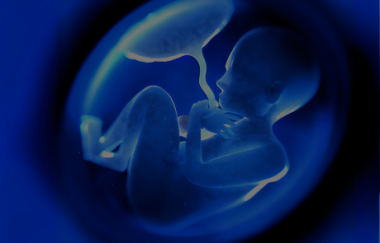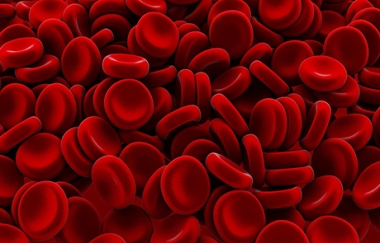A DGReview of :”Hemangiomas of infancy” Postgraduate Medicine
By Jill Taylor Morphology and location are clinical clues to potential complications in infantile haemangiomas, making it important for clinicians to recognise high-risk lesions and be aware of treatment options.
In a recently published overview of haemangiomas of infancy, Denise W. Metry, MD, of Baylor College of Medicine in Houston, Texas, United States provided recommendations for assessing lesions, determining treatment approach, and pharmacologic and nonpharmacologic interventions.
The most common tumours occurring in infancy, haemangiomas are typically benign and may occur in the skin, mucous membranes, or underlying viscera.
After a proliferative stage of 6 to 12 months, haemangiomas begin a spontaneous involution period that may continue for up to 10 years. Morphological classifications include localised, segmental, or multiple.
The most common type is the localised haemangioma, which demonstrates spatial containment and, unlike the segmental haemangioma, lacks a linear or geometric pattern.
Segmental haemangiomas are less common and more likely to be associated with complications, intensive and prolonged treatment, and poorer outcome.
Ulceration is the most frequent complication, resulting in scarring, secondary infection, bleeding, and pain. Complications resulting from tumours on vital structures may also occur, making early diagnosis and repair essential.
Treatment for ulceration includes antibiotics, barrier creams, bio-occlusive dressings, and analgesics.
Becaplermin has been shown to be an effective agent for deep ulcers refractory to standard care.
Rarely, haemangiomas are associated with diffuse neonatal haemangiomatosis, in which organs become compromised during the proliferative phase, and PHACE(S) syndrome, in which a segmental facial haemangioma is associated with structural or cerebrovascular anomalies of the brain.
Evaluation of patients with segmental haemangioma should address risk factors associated with the anatomic location, and other signs and symptoms.
Corticosteroids are first line treatment for complicated haemangiomas, often arresting growth and inducing regression during the proliferative stage.
For corticosteroid resistance, interferon alfa is an additional therapeutic option. Haemangiomas posing a cosmetic concern may require surgical treatment to address psychosocial aspects of care. Postgraduate Medicine Online 2003 Jul;114:1.



















השאירו תגובה
רוצה להצטרף לדיון?תרגישו חופשי לתרום!